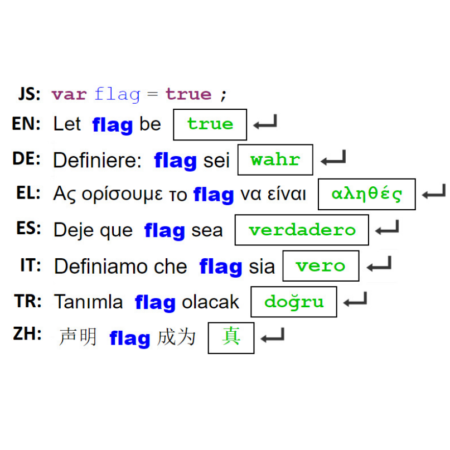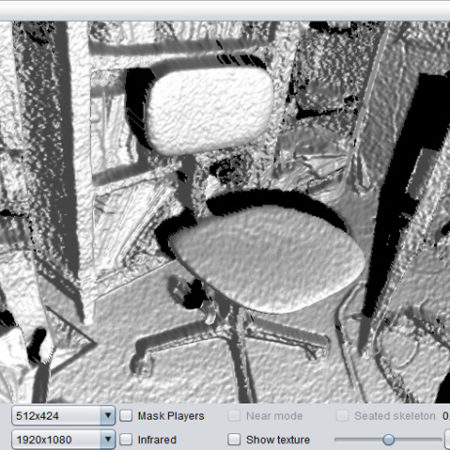Programming for Humanists
The purpose of this project is to introduce computer programming in humanities curricula by establishing a correspondence between natural languages and computer languages. The exercises discussed here show how you can transcribe into code: 1) a theatrical play in English (Shakespeare’s Romeo and Juliet), 2) the common notions in Ancient Greek from Euclide’s Elements Book 1, and 3) calculate the discrepancy between Julian and Gregorian calendar using Pope Gregory’s XIII documents in Latin.
Description
The purpose of this project is to introduce computer programming in humanities curricula by establishing a correspondence between natural languages and computer languages. The exercises discussed here show how you can transcribe into code: 1) a theatrical play in English (Shakespeare’s Romeo and Juliet), 2) the common notions in Ancient Greek from Euclide’s Elements Book 1, and 3) calculate the discrepancy between Julian and Gregorian calendar using Pope Gregory’s XIII documents in Latin.
The framework uses a tool that instantly presents computer code into natural language in English, Spanish (Español), German (Deutsch), Italian (Italiano), Greek (Ελληνικά), Turkish (Türkçe) etc. as well as ancient languages such as Ancient Greek (Ἑλληνιστὶ) and Latin (Lingua Latina).
The scientific content of this presentation can be found in this article:
Barmpoutis, A., 2018. Learning Programming Languages as Shortcuts to Natural Language Token Replacements. Proceedings of the 18th Koli Calling International Conference on Computing Education Research, pp. 1-10. Download PDF






